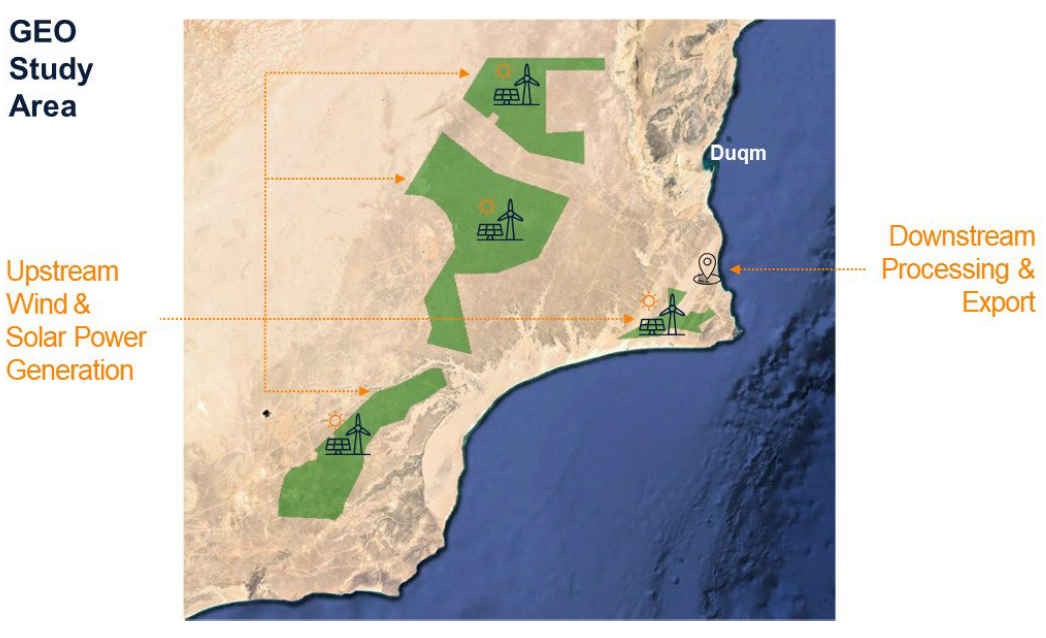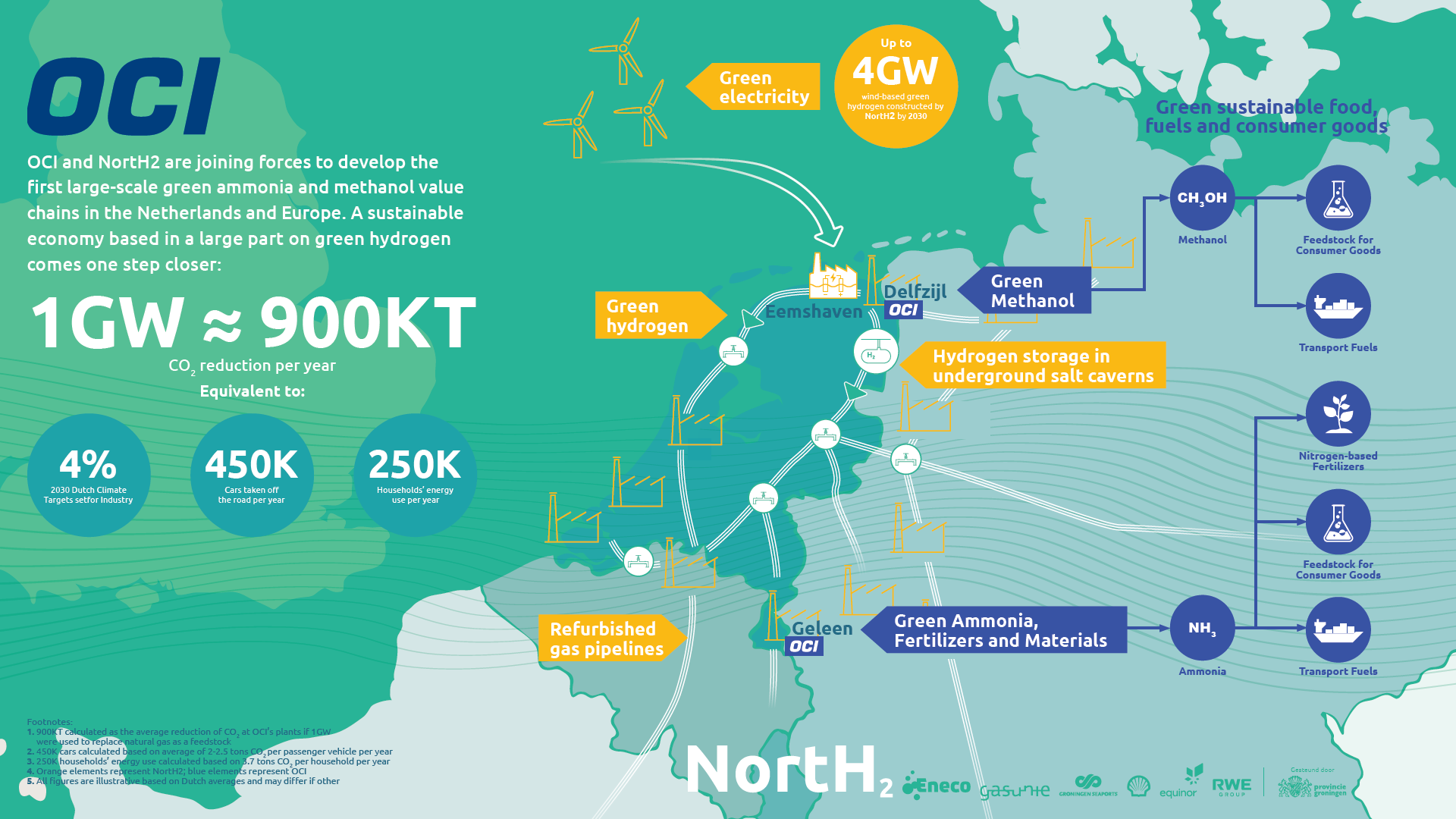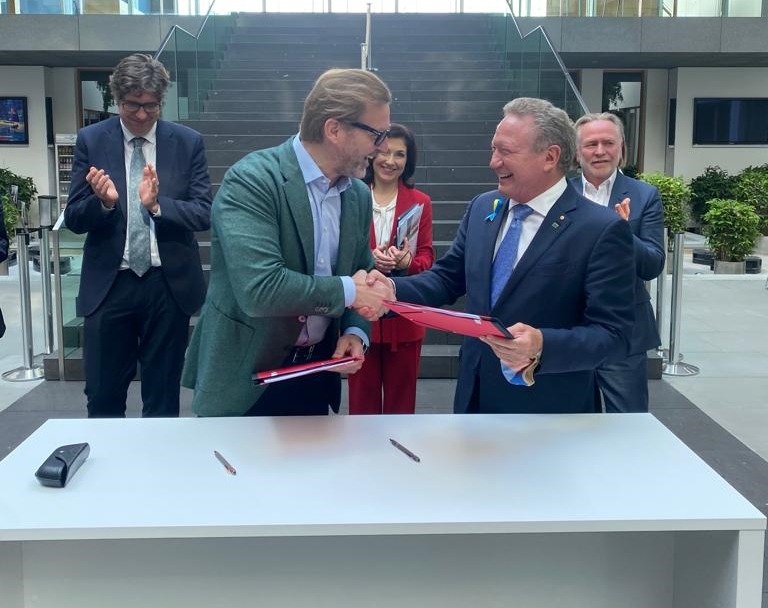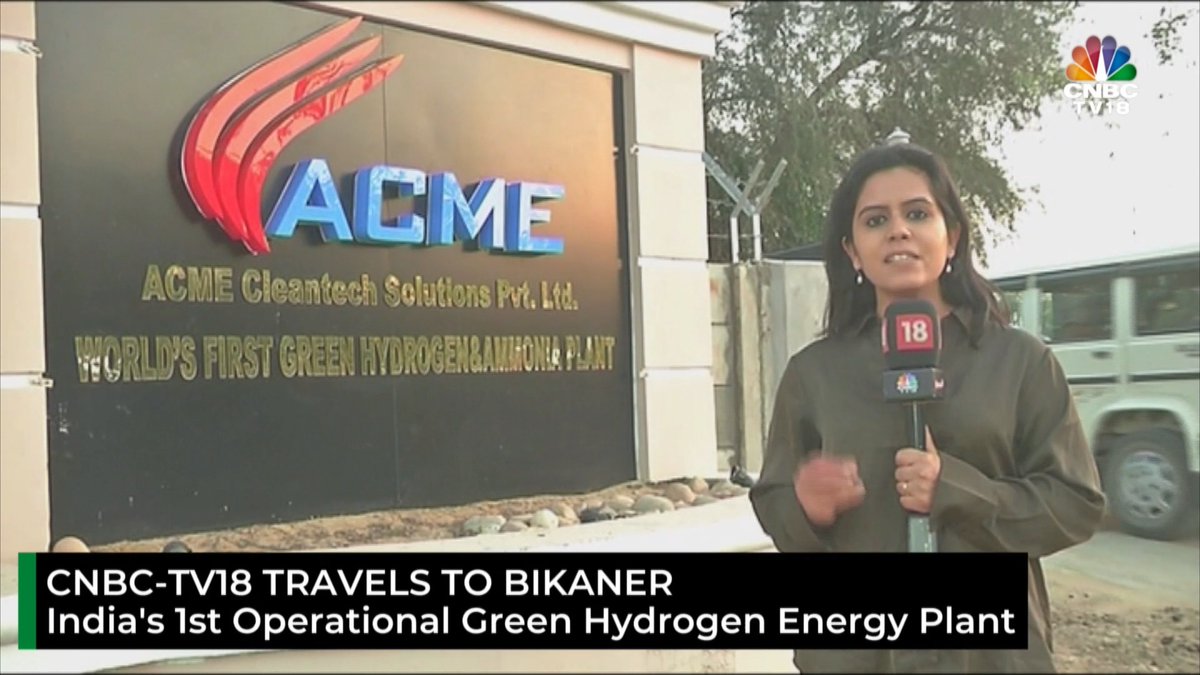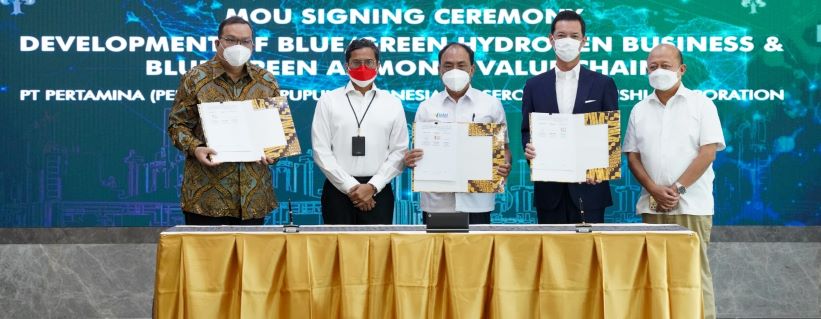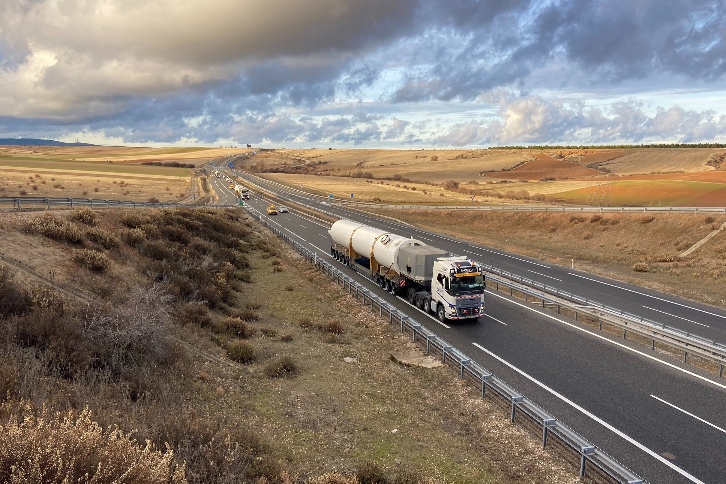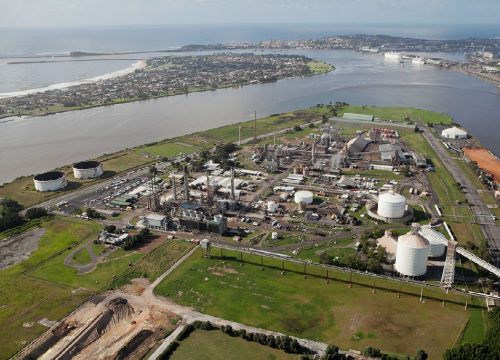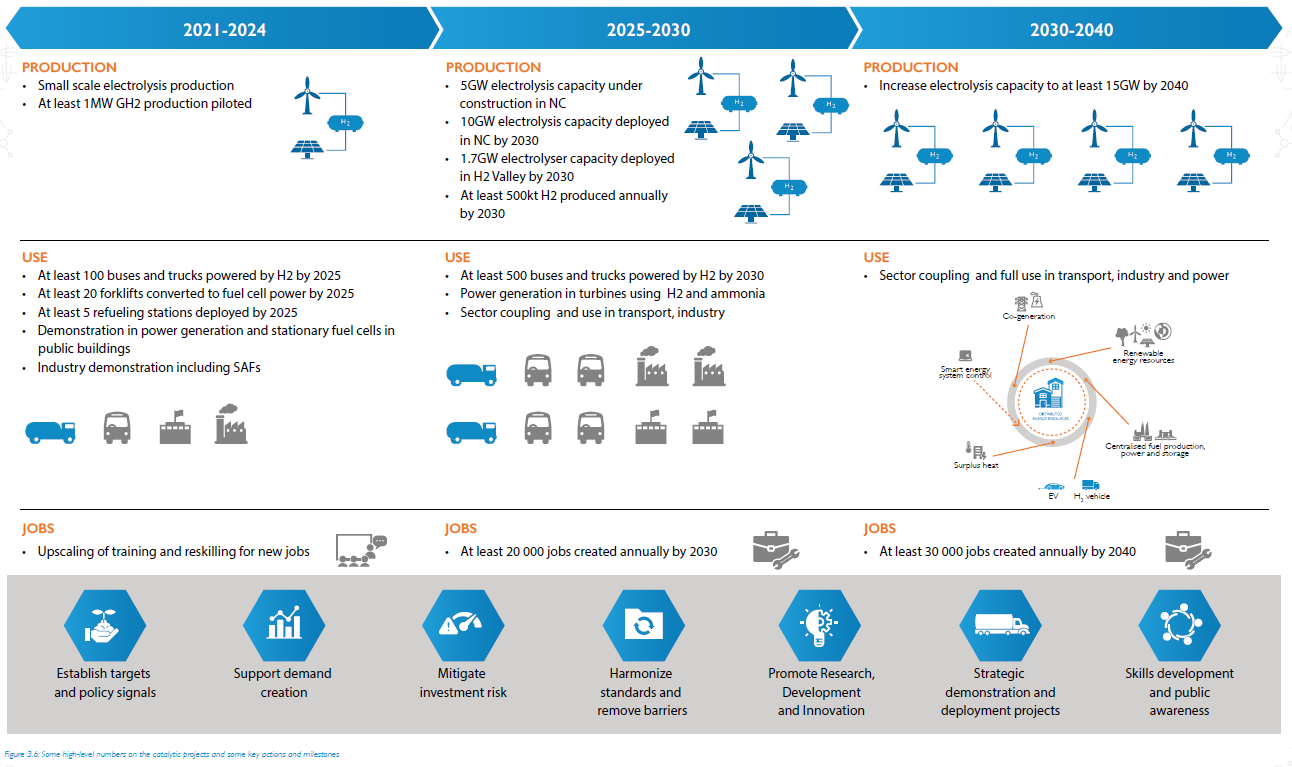Renewable ammonia in Portugal
Madoqua Renewables, Power2X and Copenhagen Infrastructure Partners will jointly develop a new project in Sines, Portugal. Renewable hydrogen production will be integrated with a conventional Haber Bosch synthesis plant to produce up to 500,000 tonnes of ammonia per year, with an expansion phase to double that capacity.

